Spotting the Signs of Dental Disease in Cats
Article

What is dental disease?
Dental disease is a progressive condition caused by a build-up of bacteria in the gums.At first, the bacteria are invisible to the naked eye, and they form a soft biofilm across your cat’s teeth known as plaque. Within 24 hours, plaque starts to calcify into a hard, yellow material called tartar.
Plaque can spread into the gum line, causing the gums to become infected and inflamed. This condition is referred to as gingivitis and is typically identified by red, bleeding gums.
As the infection intensifies, it spreads into the surrounding tissue and eventually the bones, causing bleeding gums and tooth loss. Gum disease or periodontal disease is a severe condition for cats as the infection can spread to affect other areas of the body, such as the heart and kidneys.
What are the signs of dental disease?
- Depending upon the stage of your cat’s dental disease, you may see a variety of signs, including:
- Bad breath
- Inflamed, swollen gums
- Pain
- Drooling
- Difficulty chewing
- Loss of appetite
- Weight loss and reduced muscle mass
- Inactivity
- Less interaction with the family
How can I tell if my cat has dental disease?
Choose a time when your cat is calm and your home is free of distractions, then gently handle their muzzle, raise their lip, and compare their teeth to the chart below:

Stage 0 - Clinically Normal
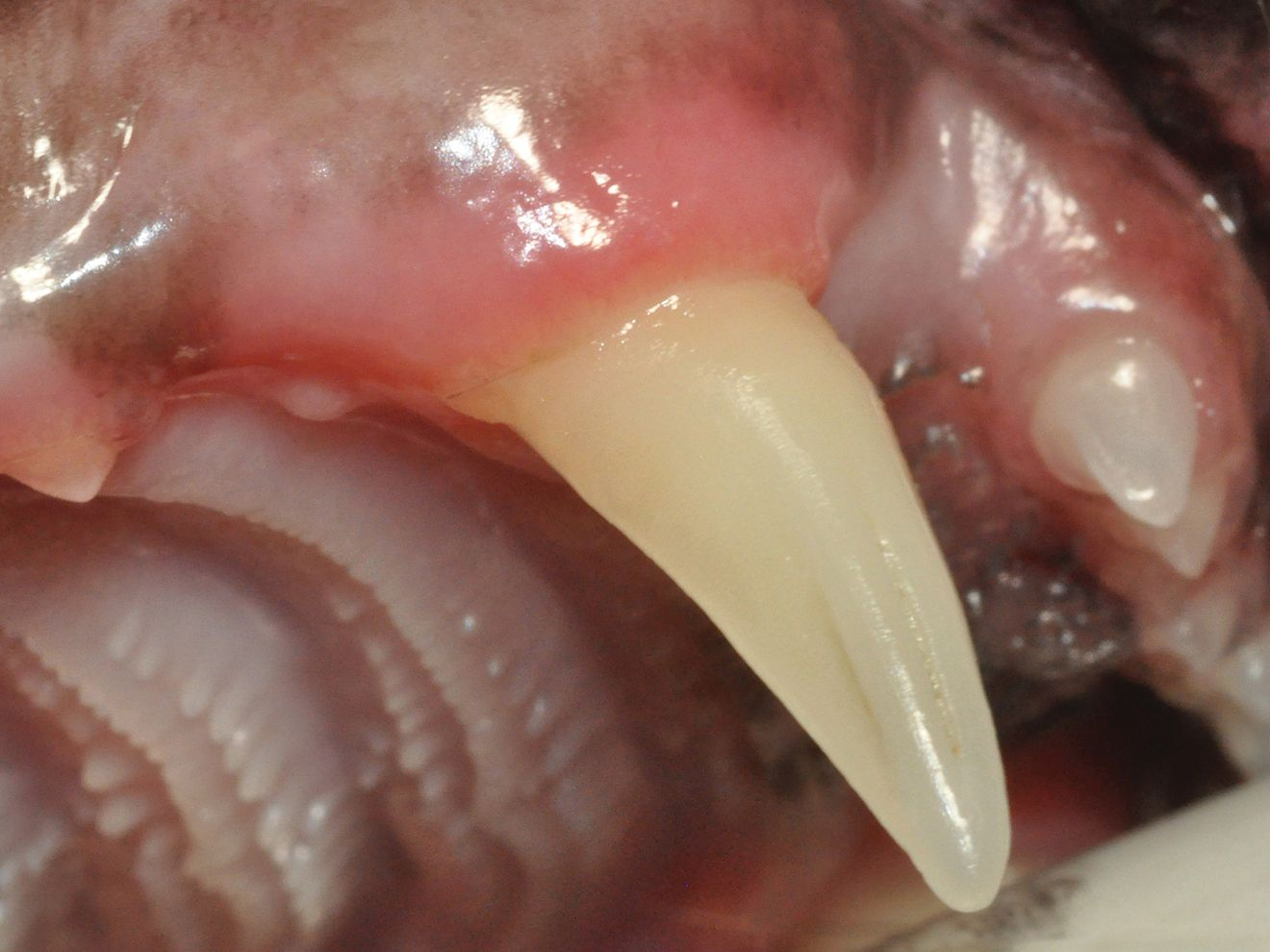
Stage 1 - Gingivitis Only
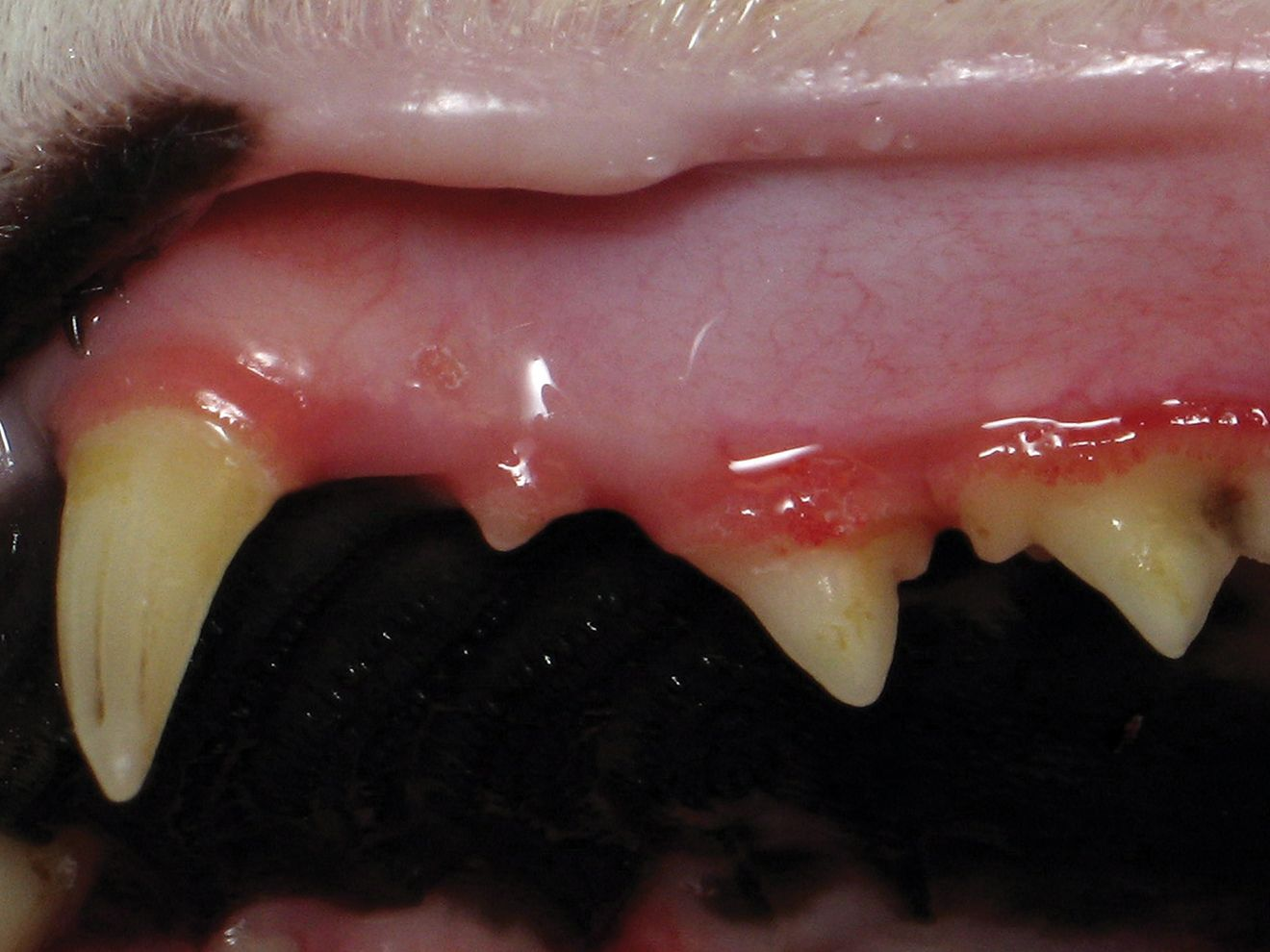
Stage 2 - Early Periodontitis

Stage 3 - Moderate Periodontitis
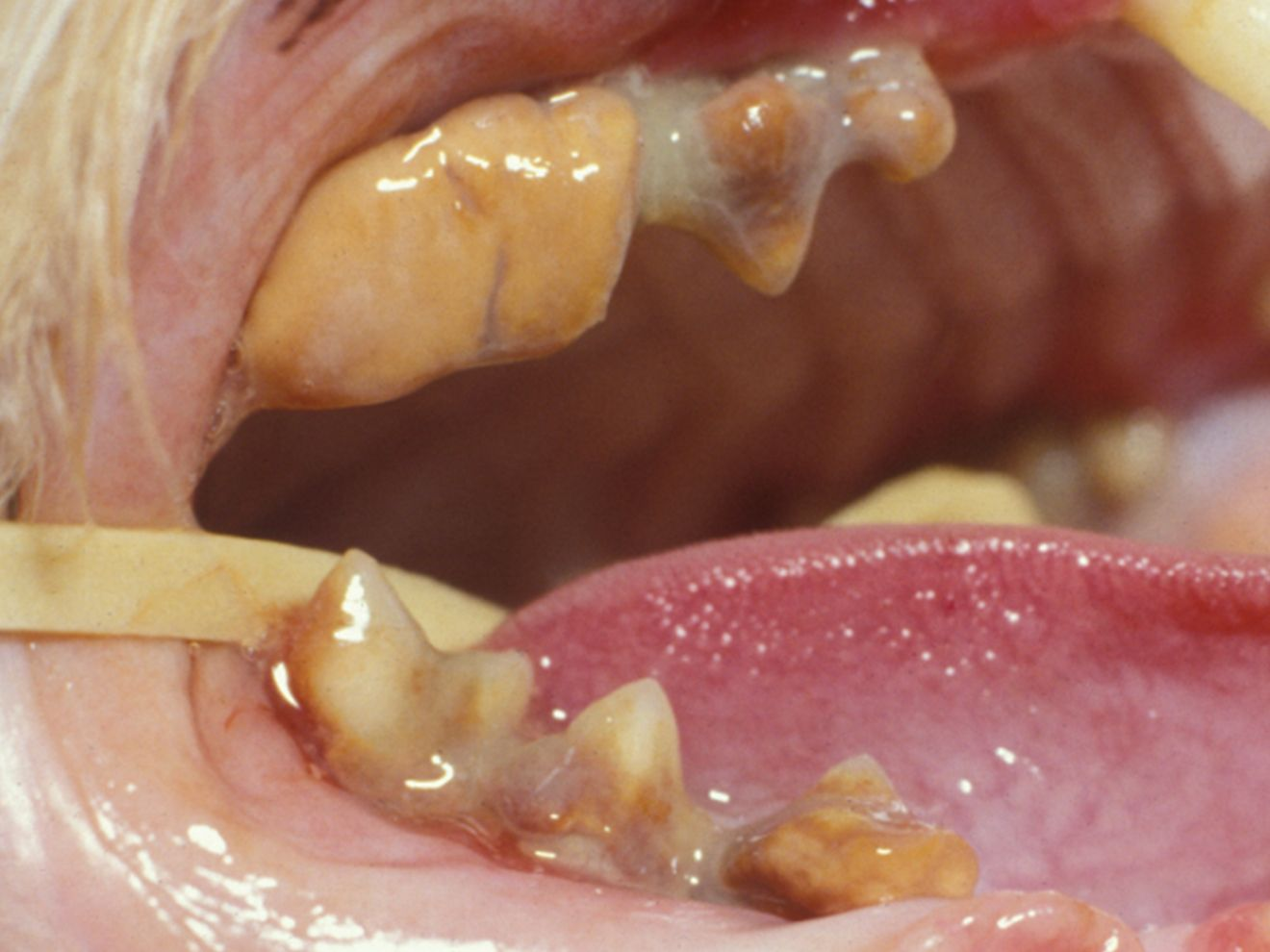
Stage 4 - Advanced Periodontitis
Are some cats more prone to dental disease than others?
If you don’t remove the plaque from your cat’s teeth, they’ll be susceptible to dental disease. Their chances of developing the condition will be further affected by:
- Size
- Breed
- Age
- The crowding of their teeth
Persian cats have flat-shaped heads, which makes them predisposed to teeth crowding. This means there are more places for food to become lodged, potentially leading to dental disease if their teeth aren't cleaned properly.
Cats with retained teeth and bite irregularities are also at greater risk of developing dental disease.
Speak to your vet for advice about your cat’s specific dental requirements.
How do I prevent my cat from getting dental disease?
Plaque is soft and relatively easy to remove, but once it’s hardened into tartar, it becomes much more difficult to clean. That’s why cleaning cat teeth is about eliminating plaque before it can calcify.
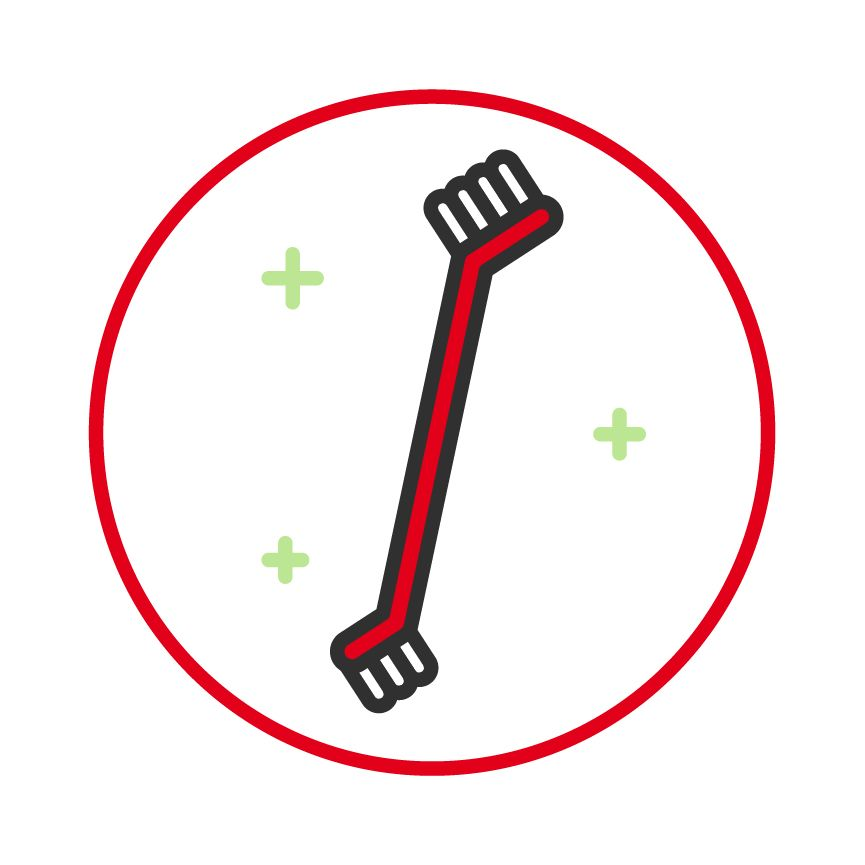
Brushing
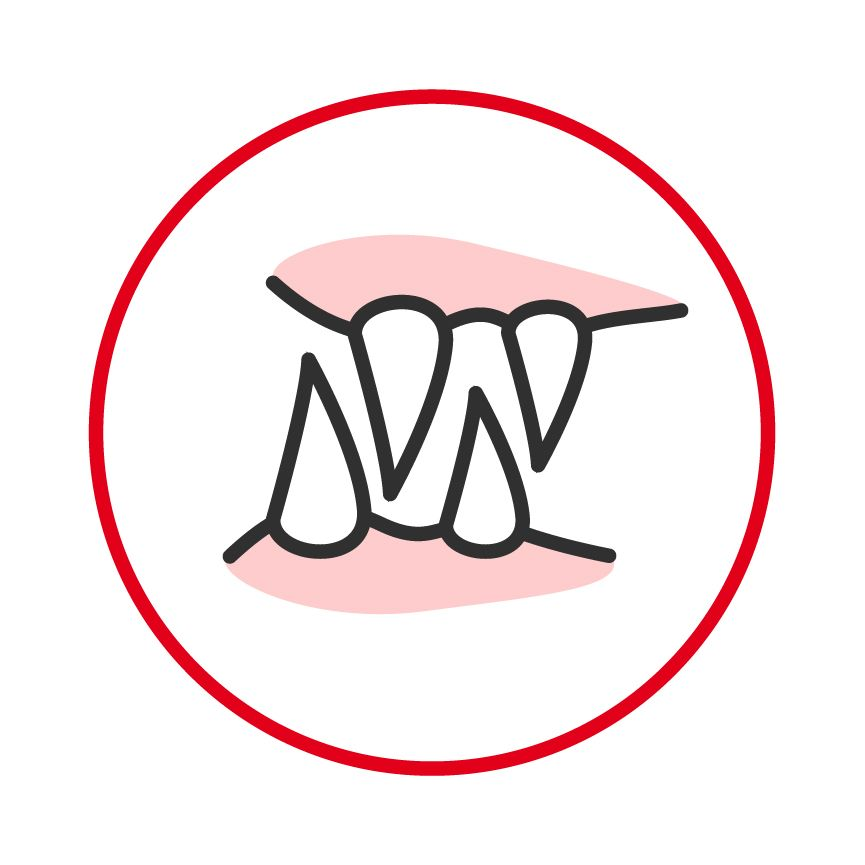
Chewing

Nutrition

Veterinary Care
Related articles
Like & share this page